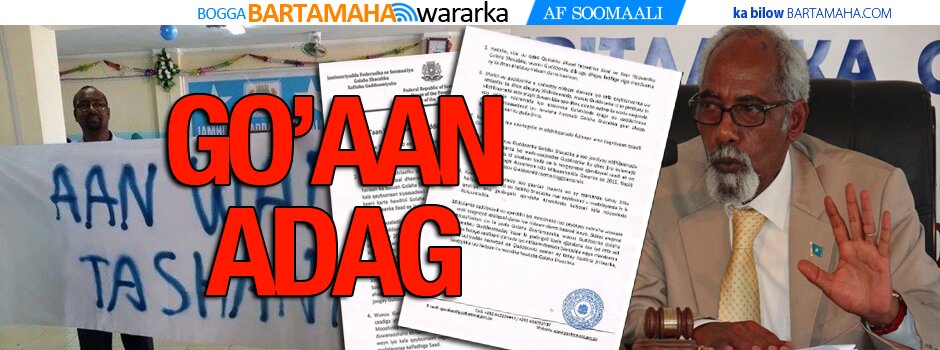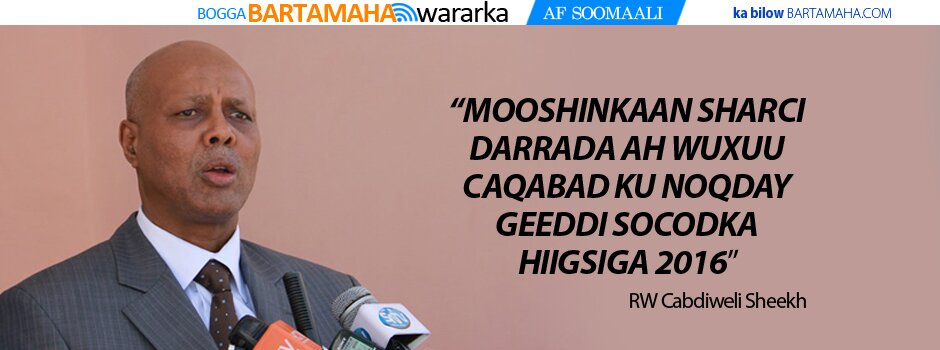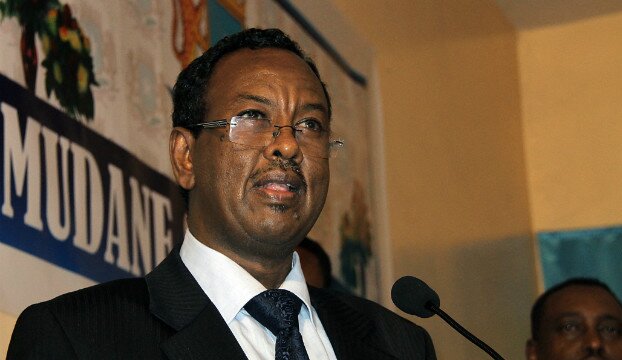Minnesota: Swedes eye Somali success
 Bartamaha (Minnesota):- A visiting entourage wants to learn from the business acumen of some of Minnesota’s enterprising immigrants.
Bartamaha (Minnesota):- A visiting entourage wants to learn from the business acumen of some of Minnesota’s enterprising immigrants.
Jamal Hashi stood outside the sprawling Karmel Square mall in Minneapolis, surrounded by visitors from Sweden.
They had traveled thousands of miles to learn how he went from struggling refugee to successful restaurateur.
How he opened one restaurant, then another.
How he came up with the perfect recipe to introduce Somalia to the Minnesota State Fair: camel-on-a-stick.
How, the Swedes wondered, can they get in on this?
The commercial success of Minnesota’s enterprising Somali community has been noticed in Sweden, which has its own burgeoning Somali population. A delegation of 24 Swedish government and academic officials are in town all week to try to unlock the secrets behind that success and carry them back home.
“It’s in our DNA to be entrepreneurial people,” said Osman Sahardeed, a native of Somalia who runs a business doing translation. “Since the seventh century, Somalis were dealing with the outside world. They know how to market their skills.”
The Swedes’ whirlwind tour is hosted by the African Development Center of Minnesota, a nonprofit entity that offers lending and technical help to refugees to start their own businesses.
Seeds of their historic visit were first planted in 2005 when a Swedish professor named Benny Carlson traveled to Minnesota and was struck by the sheer number of booming markets and malls run by Somali-Americans in the Twin Cities.
He vowed to return with a team of government officials to use Minnesota as an example of what can be done in Sweden.
Besides meeting with local Somali-American business leaders, the entourage has met with Minneapolis Mayor R.T. Rybak and other city officials to discuss planning and economic development issues. They’ll also pay a visit to the American Swedish Institute and learn about Minnesota’s changing demographics from state officials.
Refugees began arriving in both Minnesota and Sweden in the early 1990s, after civil war broke out in Somalia. Minnesota has the largest Somali population in the country, numbering 70,000, according to some estimates.
In Sweden, a second wave of refugees has arrived in recent years.
While many Somalis quickly established their own shops in Minnesota, their counterparts in Sweden have not enjoyed the same success.
On Monday, the Swedish delegates reported that 60 to 70 percent or more of the Somalis in Sweden are unemployed. Delegates pointed to Sweden’s heavy regulations on businesses and a lack of business education for new arrivals as part of the problem.
Inside the malls
In Minnesota, more than 2,000 small businesses have been established by Somali-Americans in the past decade, said Hussein Samatar, head of the African Development Center.
Many are housed in the four large Somali shopping malls in Minneapolis.
On Monday, Samatar led his guests through the maze of clothing shops, cafes and travel agencies that make up the bazaar-style Karmel Square mall.
The oldest of the Somali malls in the Twin Cities, it first opened in 1999 and is owned by Basim Sabri, a private developer. An expansion in 2005 made it the biggest Somali mall west of Mogadishu.
About five years ago, the mall expanded and opened a new building across the parking lot from the original mall. Many of the stores don’t open until late in the afternoon because the shopkeepers also work as translators, parking attendants and other jobs.
Moving in single file, the Swedish contingent wound through the old mall’s narrow corridors lined with rolled-up carpets and racks of floor-length skirts.
Peering inside the stalls, they took in the colorful bolts of fabric hanging overhead and the bottles of perfumes displayed under glass counters. Shopkeepers, mostly women, nodded politely as the entourage passed.
A few of the delegates hung back to admire the long tunics hanging in one shop. Using the international language of shopping to communicate, they touched the garments. This prompted the shop owner to come forward and quote a price.
In the cramped corridor outside a noisy cafe, a Somali man in a suit surprised the group when he opened his mouth and uttered a few Swedish words.
It happened again a few doors down with another shopkeeper.
The reason: They used to live in Sweden.
Many other Somalis at the mall told the delegates that they have relatives in Sweden.
Sweden‘s biggest obstacle
Madeleine Ahlqvist, an official with the city of Vasteras in Sweden, said one of the biggest obstacles facing refugees in Sweden is that there is no group like the African Development Center or anyone else starting the conversation with refugees about how to start their own businesses.
“That is our problem in Sweden,” she continued. “We have to take care of people in the right way. Tell them if you do this, you can get this.”
Yasmin Elmi is one of just two in the entourage who is originally from Somalia.
Elmi now works for a state-run job center and says she is keen to find a way to transport the business success Somali entrepreneurs have found in Minnesota back home to Sweden.
She was struck earlier in the visit when she toured parts of the Twin Cities where Swedish immigrants first settled in Minnesota.
Hearing about the history of Swedish immigration to Minnesota more than 100 years ago, and then seeing how the newer immigrants from Africa are settling in caused her to reflect on the broader picture.
“Yesterday we saw the history of the Swedish immigration to this country about 150 years ago. At the same time these last days, I saw the Somali history take place. Maybe 100 years from now, it will be interesting to compare how the Swedish people started their life and to see how the Somali people are starting their life now. That’s what America’s about, I guess,” she said.
Government regulations that make it difficult to get started and a perception that the market is closed to Somali immigrants squelch many good ideas, said Hashi, the restaurateur.
Hashi, who said he has traveled to Sweden to visit relatives, said of his cousin: “He felt that his dreams were impossible to reach. So he can only see it, like a fly trapped in a glass turned upside down.”
==============================
Source:- Startribune.
Comments
comments
 Calendar
Calendar





































